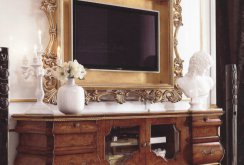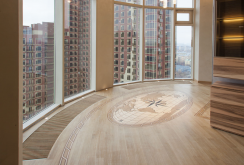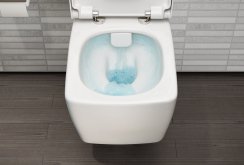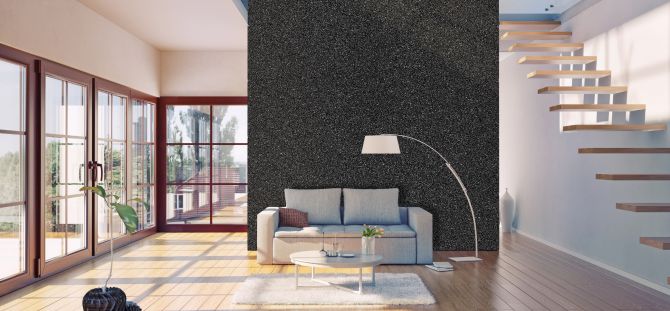 Marble plaster - a noble texture in the house (25 photos)
Marble plaster - a noble texture in the house (25 photos)
Marble plaster is a modern material for finishing surfaces under natural stone. Such a coating, which has many varieties in composition, shades and texture, imitating Venetian marble, mosaic structure and other types of decoration, can create a durable surface with a marble effect.
 Mineral plaster: varieties and main characteristics (24 photos)
Mineral plaster: varieties and main characteristics (24 photos)
When starting to repair an apartment or a private house, you must first consider what decorative materials you will use to create the interior indoors or exterior decoration of facades. Best for this ...
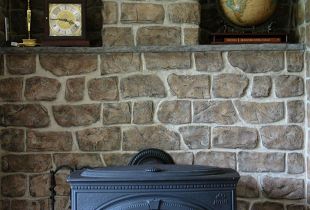 Stone stucco: a variety of shapes and textures (25 photos)
Stone stucco: a variety of shapes and textures (25 photos)
Masonry is always associated with safety and nobility. The use of artificial and natural stone is a laborious and expensive process. The best alternative to which is considered decorative stucco under a stone. The variety of shapes and textures ...
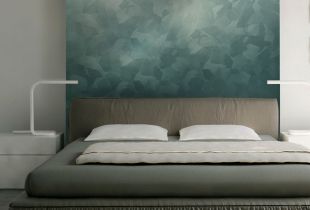 Venetian stucco in the interior - Italian chic (24 photos)
Venetian stucco in the interior - Italian chic (24 photos)
Venetian plaster is far from a new style direction in wall decoration, but every year its popularity is growing more and more. This type of finish, thanks to its neutral appearance, is perfect for ...
 Marble decorative stucco - antique motifs in the interior (27 photos)
Marble decorative stucco - antique motifs in the interior (27 photos)
What is marble decorative plaster, and how does it differ from other finishing materials? Where can I use marble plaster? Advantages and disadvantages, do-it-yourself surface finishes.
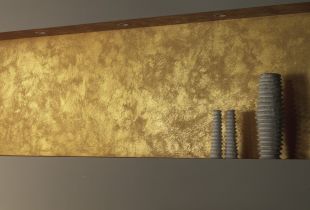 Decorative sand stucco - desert gold in the interior (27 photos)
Decorative sand stucco - desert gold in the interior (27 photos)
Advantages of decorative sand plaster. What features of the work does this type of coating have. Application technology and care.
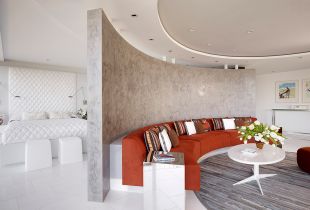 Silk decorative plaster - flowing surface in the interior (28 photos)
Silk decorative plaster - flowing surface in the interior (28 photos)
Are you planning a repair and choosing a material for the walls? Pay attention to decorative silk plaster (aka “liquid wallpaper”). This is truly an elite and unique material.
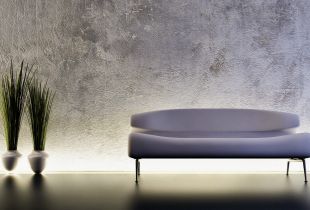 “Fur coat” plaster in the decor of the premises: coating features (22 photos)
“Fur coat” plaster in the decor of the premises: coating features (22 photos)
Decorative plaster coat is used for facade, interior work. Fur coat plaster has a simple application technology, affordable cost and a variety of design solutions.
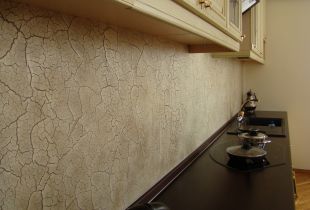 Decorating the kitchen with decorative plaster - a stylish solution (25 photos)
Decorating the kitchen with decorative plaster - a stylish solution (25 photos)
Using decorative plaster in the kitchen is a very popular way of decoration. What types of plaster are there, what are its advantages and disadvantages, and why experienced builders recommend this particular type of decoration for ...
 Decorative bark beetle plaster: description and application (29 photos)
Decorative bark beetle plaster: description and application (29 photos)
For the final decoration of internal walls and facades of buildings, plaster is most often used. The decorative bark beetle plaster is very popular. It has a beautiful textural appearance and does not require additional decoration. Herself...
 Decorative plaster in the bathroom (19 photos)
Decorative plaster in the bathroom (19 photos)
Decorative plaster in the bathroom allows you to create a unique and eye-pleasing design. If you have the skill of laying plaster, then it will be easy, if not, the specialists will help you.

 Mineral plaster: varieties and main characteristics (24 photos)
Mineral plaster: varieties and main characteristics (24 photos) Stone stucco: a variety of shapes and textures (25 photos)
Stone stucco: a variety of shapes and textures (25 photos) Venetian stucco in the interior - Italian chic (24 photos)
Venetian stucco in the interior - Italian chic (24 photos) Marble decorative stucco - antique motifs in the interior (27 photos)
Marble decorative stucco - antique motifs in the interior (27 photos) Decorative sand stucco - desert gold in the interior (27 photos)
Decorative sand stucco - desert gold in the interior (27 photos) Silk decorative plaster - flowing surface in the interior (28 photos)
Silk decorative plaster - flowing surface in the interior (28 photos) “Fur coat” plaster in the decor of the premises: coating features (22 photos)
“Fur coat” plaster in the decor of the premises: coating features (22 photos) Decorating the kitchen with decorative plaster - a stylish solution (25 photos)
Decorating the kitchen with decorative plaster - a stylish solution (25 photos) Decorative bark beetle plaster: description and application (29 photos)
Decorative bark beetle plaster: description and application (29 photos) Decorative plaster in the bathroom (19 photos)
Decorative plaster in the bathroom (19 photos)
